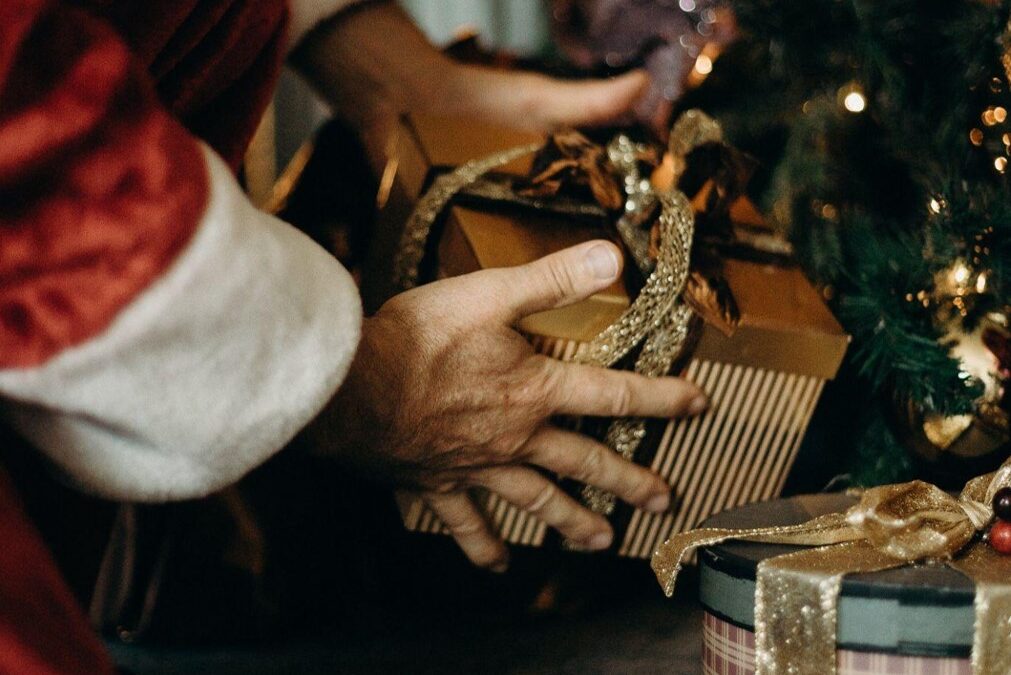
The Fascinating Evolution of Artificial Christmas Trees: From Mummies to Museums
The Origins of Artificial Christmas Trees
For many, the image of a perfectly adorned Fir tree is synonymous with Christmas. However, artificial Christmas trees have a rich history that dates back centuries. One of the earliest versions of artificial trees emerged in medieval Germany. These trees were constructed from wooden pyramids, decorated with flowers and fruits. It is believed that in the 19th century, German immigrants in the US introduced this custom, which evolved into the iconic Christmas trees we know today.
Ancient Egyptians also played a role in the evolution of Christmas trees. They used palm branches to celebrate the winter solstice, and these branches served as a precursor to the modern Christmas tree. The practice of decorating trees during winter was also prevalent in ancient Rome, where the citizens used evergreen boughs as symbols of survival.
The Role of Museums and Vintage Artifacts in the Evolution of Artificial Christmas Trees
Today, we have numerous styles of artificial Christmas trees that come in different colors, materials and designs. However, it is important to understand how this evolution took place, and the role of museums and vintage artifacts in this journey.
For instance, at the National Christmas Center Museum in Pennsylvania, visitors can explore the history of Christmas decorations. The museum features vintage artifacts, including Christmas trees from different periods, such as feather trees, which were popular in the 1800s.
Another example is the aluminum Christmas tree, which became popular in the 1950s. At the time, these trees were seen as futuristic and a symbol of progress. However, their popularity waned after being featured in a negative light in the TV special, “A Charlie Brown Christmas.”
In conclusion, the history of artificial Christmas trees is a fascinating one, shaped by different cultures and periods. From wooden pyramids to aluminum trees, these artifacts reflect the evolution of both technology and cultural traditions. The next time you decorate your Christmas tree, take a moment to appreciate the fascinating journey that has brought us to where we are today.


